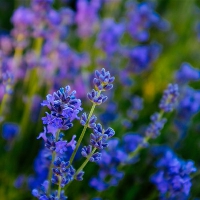Topic content: If you celebrate the Spring Festival in the Song Dynasty, you will encounter the following situations: ① offering sacrifices to ancestors, welcoming gods, offering Buddhas, hanging New Year pictures, and pasting "peach charms". ② Sitting around the fire, drinking and singing, "Shousui". ③ Rise early and climb high to wish the New Year. ④ Set off firecrackers, wear new clothes and pay New Year's greetings. A.①②③④B.①②③C.①②④D...
Expand Details
